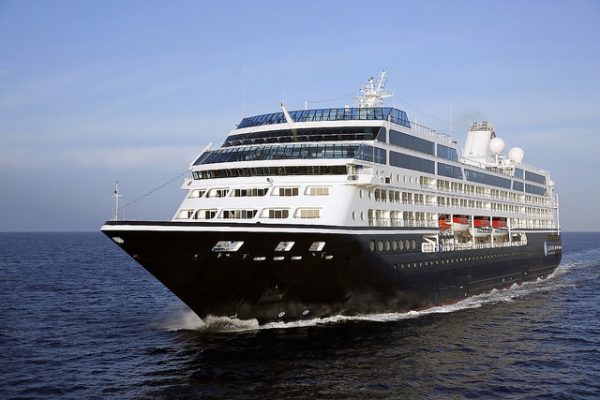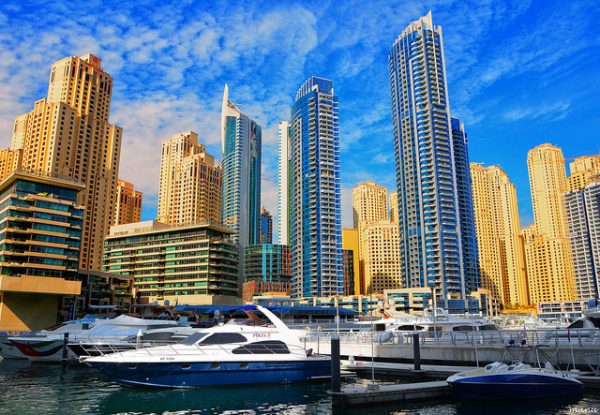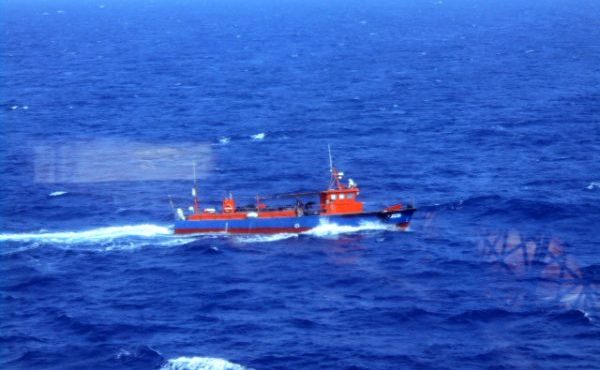

On the Way to Dubai
A tinge of nervous anticipation filled the back seat of the taxi on the way to the Dubai Port. Inside the terminal building, we checked-in for our journey through sections of the Middle East on the Azamara Quest luxury liner.
As we headed to the gangway to board the 600 passenger ship, an official looking crew member, dressed in crisp navy whites with blue and gold shoulder epaulets, handed us “The Letter.”
That entire morning, we had explored the “old” section of Dubai in the United Arab Emirates.
The Old Dubai
The winding alleys and covered market souks aroused a desire to meander to the point of getting lost; getting blinded by the bling-bling of gold jewelry, getting mesmerized by the pungent aromas of exotic spices.
Also getting dreamy from whiffs of flowery smells spilling from open burlap sacks outside the stalls. Saffron from Iran tempted, frankincense and myrrh from Oman lured, while women shoppers, hidden under black burkas, provided a shadowy backdrop.
All those images faded as I opened the envelope. I grasped my husband’s arm tightly, as I read the Captain’s words.
The Captain’s Words
He wrote: “As you may be aware, pirate activity has occurred in the Gulf of Aden during the past few years. Between May 3 and May 8, we will be traveling in the area where this pirate activity has taken place.
During the passage, we will have lookouts and armed security in place around the ship. In the unlikely event that we should encounter pirates, I will give orders over the intercom. We will conduct a drill for guests and crew to provide training.”
“Oh my God, Ernie. Forget the regular lifeboat instructions, we’re having piracy practice,” I whined. “We’ve conveniently ignored the fact that this area of the world is more than exotic; it’s dangerous.”
Images from the film “Captain Phillips” dominated my mind when the emaciated and fidgety Somalian pirate, Abduwali Muse, commandeered the U.S. flagged Maersk container ship, Alabama.
Recalling his look of desperation, his bravado beefed up by the AK47 he waved at Tom Hanks, portraying the skipper and the words, “Well, I’m the captain, now” that spilled from his cracked lips, sent my paranoia spinning.

Movie-goers had witnessed the nervous demands of men whose lives meant little, and who practiced maritime hi-jacking in the narrow passage connecting the Arabian and Red Seas.
Episodes of violent kidnappings of both ships and crew had resulted in tragedy when the desperados’ ransom demands had not been met. But this was no movie.
Exploring Oman
We docked for two days to explore Salalah, Oman, the last city located on the Arabian Sea before navigation through troubled waters and the same port from which the Alabama had sailed.
I hoped that would be the only similarity.
Headed straight into the Gulf of Aden, between the unstable nations of Yemen on our right, and Somalia, Djibouti and Eritrea wedged together on the Horn of Africa, my nerves rattled as the ship’s engines rolled.
Standing on Deck 9, staring into the unfriendly territory ahead, I realized that for the next five days, we’d be passing through the Red Zone of Pirate Activity.
I wondered why my husband and I called these crazy, non-traditional expeditions vacations.
Minutes before the ship moved from the dock, I observed six, hunky males with brute physiques board the vessel.
The captain announced that our security squad, our PPT, Private Protection Team of ex-military British Special Forces, had joined the crew and would be on duty to discourage any pirate attacks.
He informed us that the team’s “luggage” would be delivered by gunboat once the ship had entered international waters.
Our defenders had the fire power to handle any threat. When the sturdy metal suitcases arrived, containing an arsenal of deterrence − automatic weapons, hand guns, and long-range Acoustic Devices.
Their high decibel tones could break eardrums miles away − my lurking fears calmed. I not only felt safe, but…on vacation.

These no-nonsense sentries, posted starboard, port, aft and bow, never took their eyes from high-powered field glasses, scanning the horizon for any signs of fast moving skiffs with outboard motors.
The head of the security force, in a general briefing, described an attempted pirate attack on this vessel two years ago. The presence of armed defenders deterred the bandits’ pursuit with one warning shot.
Pirates have little interest in kidnapping 600 people on cruise liners. Their goal has been to board, take temporary control of the bridge, strip well-heeled guests of valuables and cash, then leave.
The attempted Somalian pirate attack on the Seaborne Spirit in November 2005 had prompted the use of PPTs aboard passenger ships.
The Quest cruise director, who had been working on the Spirit, recalled the incident.
The ship took incoming bullets and a rocket propelled grenade, fired directly into an outside stateroom.
The captain maneuvered the ship to safety, but the Horn of Africa had earned the reputation of being one of the most precarious sea lanes in the world.

After hearing these accounts, everyone on board understood that despite a 2016 low maritime threat assessment, piracy, although unlikely, persisted as a possibility.
Guests participated in the drill instructions with respectful attention.
“Safe Haven”
This was no joke. In the event of an imminent attack, the captain’s alert of code words, “Safe Haven” three times, would order all passengers and crew to proceed to the interior halls of the ship, and lay or sit on the floor.
Throughout the Red Zone passage, black-out curtains in all ocean view staterooms had to remain closed and the ship “ran dark” at night with all exterior lights off, except for emergency exits.
Maritime officials had vented initial opposition of using armed security on commercial and passenger vessels sailing through the Gulf of Aden.
But after payment of millions of dollars in ransom to release hijacked ships and crew and the knowledge that no navy military could provide 100 percent protection in these waters, resistance subsided.
Most shipping companies realized that since every single craft passing through this sea lane did so at risk, hiring PPTs far outweighed the financial and human loss of a pirate kidnapping gone bad.
Ex-military, highly trained squads from the UK, the U.S., and Australia have reduced the commandeering of vessels in the Gulf of Aden.
The Quest, danger averted, sailed into the Red Sea. I sighed relief that we had the same Captain leaving the Red Zone as we had entering it.
Author’s Bio: After a life-long profession of treating the mentally ill at a PA psychiatric hospital for 33 years and also serving as its Director of Admissions, Carol retired to Lake Chapala, Mexico in 2006 with her husband, to pursue more positive passions. Her family thought that she, too, had ‘gone mad.’ She’s been teaching English to Mexican adults for ten years, in a program operated by volunteer expatriates and writing for local on-line and print publications. Using her adventures experienced during visits to over 80 countries to capture a niche in travel writing, Carol also dabbles in ‘memoir.’ A frequent contributor to Lake Chapala English magazine, “El Ojo del Lago,” she’s won several literary awards from that publication, including Best Feature in 2010 and Best Fiction in 2014. She also netted a story regarding her psychiatric field work in the published anthology, “Tales from the Couch.”
- Exploring the Culture and History in Fascinating Astana, Kazakhstan - July 24, 2024
- Breakers & Beyond: Top 10 Things To Do in Newport, Rhode Island - July 23, 2024
- Laid-Back Lombok: Coconut, Coffee and Coral Reefs - July 22, 2024
